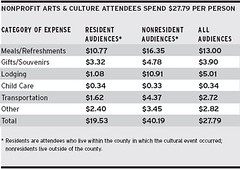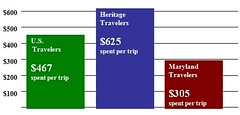Murals, public art, art expression, arts as economic stimulus
(Image of The Wall, Falls Road, Belfast by flickr photographer bk86a.)
Many murals done as public art projects aren't very good. And you're stuck with them for many years. Plus they have to be maintained.
A legitimate complaint of artists is that public art projects focused more on what I call "community building" and engaging un- or under-trained "artists" can produce average projects and cheapen the perception of artists as people who work, get paid to work, and have skills.
This image from Belfast shows us you can have provocative murals as public art.
The Boston Globe has had a bunch of coverage of Shepherd Fairey, because there is an exhibition of his work at the Boston Institute of Contemporary Art, as well as the fact that he was arrested before a scheduled event he was to participate in at the said museum.
There has been back and forth in the letters to the editor about Fairey's work as expression and art vs. vandalism. This is the conundrum I have at times with graffiti.
The reason that I do like Fairey's work is as a letter writer says "The greatest impact that this guy has is that he is indeed, like the best of street artists, making people think, talk, and argue. He's a catalyst for change." (Patsy Munden, Savannah, Georgia)
I guess typical neighborhood-oriented mural projects can be catalysts at the neighborhood level, even if the impact remains extremely localized.
See "Street Smart" and "A Long Tradition of Bending Images," from the Globe.
These questions are also relevant to national discussions on whether or not the nation "needs an arts czar" (see "Thanks, but we don't need an arts czar" from the Boston Globe and "Arts czar position has merit" from the Louisville Courier-Journal) or whether or not the National Endowment of the Arts and arts generally is a worthy conduit for stimulus money (see "Arts organizations may try for a share of the stimulus package" from the Winston-Salem Journal).
The funny thing about arts and tourism is that they do in fact have significant economic impact. The sad thing is that the average legislator, either at the national or local level, doesn't seem to be too clued into "what makes money" and "what costs money," as well as what are called the direct and indirect economic impact of expenditures.
Spending* by attendees of arts and cultural events

Graphic on economic impact of arts event "consumers" from the Economic Imact studies conducted by the Americans for the Arts. * Additional spending beyond the initial cost of admission.
Economic impact of travelers, and cultural heritage travelers

Tourism data from the Travel Industry Association and the Maryland Office of Tourism Development. (Sorry, this graphic was produced for a Maryland planning study I am working on, so it doesn't have comparative data for Virginia and DC.) Graphic produced by Christopher Taylor Edwards.
Labels: arts-culture, building a local economy, community building, cultural heritage/tourism, economic development, graffiti, public art, tourism




0 Comments:
Post a Comment
<< Home